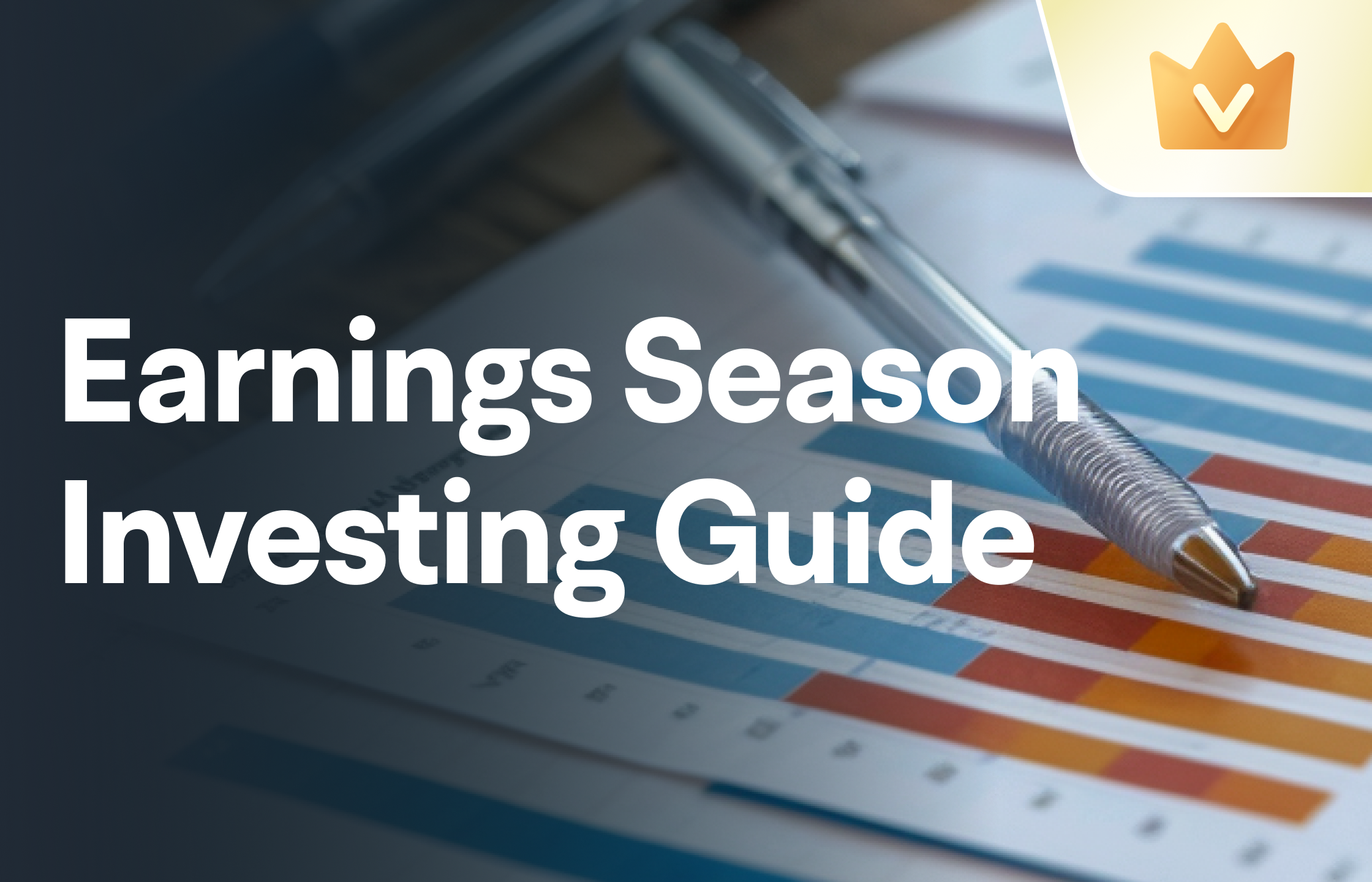The market is more dovish than the Federal Reserve, and ultimately both sides will have to adjust their expectations. Tonight's non-farm payrolls report is a key data point.
As US inflation data steadily approaches the Fed's 2% target, policymakers' main focus has gradually shifted from curbing inflation to supporting the labor market. This shift is justified, as the US inflation rate has dropped to a three-year low, while the unemployment rate hit a near three-year high in July this year at 4.3%.
At the September Fed meeting, this stance was reinforced, with Fed policymakers noting that the risks to their dual mandate were 'roughly balanced.' However, despite implementing a substantial 50 basis point rate cut, decision-makers still continue to insist that the future rate path will depend on data.
Market expectations and Fed guidance both need to be readjusted.
 Policymakers are expected to cut rates by 25 basis points each in November and December, but the market remains skeptical. Fed Chair Powell reiterated this stance in his early Monday speech. However, market expectations lean towards anticipating a further 75 basis point cut before year-end, possibly 50 basis points in December. In the end, both sides will have to adjust their expectations, and as rate decisions will be made at 'sequential meetings,' analysts expect market sentiment to be highly sensitive to the upcoming nonfarm payrolls report, as this will affect the Fed's rate path.
Policymakers are expected to cut rates by 25 basis points each in November and December, but the market remains skeptical. Fed Chair Powell reiterated this stance in his early Monday speech. However, market expectations lean towards anticipating a further 75 basis point cut before year-end, possibly 50 basis points in December. In the end, both sides will have to adjust their expectations, and as rate decisions will be made at 'sequential meetings,' analysts expect market sentiment to be highly sensitive to the upcoming nonfarm payrolls report, as this will affect the Fed's rate path.
What are the highlights of tonight's nonfarm payroll?
Economists expect the US economy to add 0.14 million jobs in September, with the unemployment rate expected to remain at 4.2%. Overall data in the past few months has been below expectations, with job additions in the past two months falling short of expectations. Since April 2024, the unemployment rate has been higher than expected for five out of six months.
Although the labor market is expected to slow down, as long as there is no severe setback in the US labor market leading the Fed to make a 50 basis point rate cut in November, market sentiment may ease. Market analysis suggests that job growth between 0.12 million and 0.18 million can still be considered a normalization level before the pandemic, rather than a sign of economic deterioration.
As for the unemployment rate in the USA, if it remains at the current 4.2% or slightly increases to 4.3%, it is still within an acceptable range. This is because the latest economic forecast from the Federal Reserve shows that the year-end unemployment rate will reach 4.4%. Federal Reserve Chair Powell also mentioned that the current 4.2% unemployment rate is 'healthy.' The key risk for the market is if the unemployment rate significantly exceeds 4.4%, which would indicate that policymakers may have underestimated the economic growth risks, forcing the Federal Reserve to accelerate interest rate cuts.
How are other labor market data performing?
The performance of the US labor market data this week has been mixed. The Institute for Supply Management (ISM) manufacturing PMI data for September showed a worsening contraction in manufacturing employment, but the services PMI performed better than expected, indicating an increase in demand in this industry, with the index crossing the 50 threshold for the third consecutive month. However, the employment index showed a slight decrease, indicating some weakness in the job market for this industry.
However, this weakness contrasts sharply with better-than-expected 'small non-farm' ADP employment data and job vacancy data. In addition, the US Economic Surprise Index returned to positive territory for the first time since May 2024 this week. Overall, this supports the view of continued weakness in the US labor market, but it is not yet enough to trigger alarms of an economic downturn.
How will the US dollar perform next?
If non-farm payroll data show that the US labor market still has resilience, it will prompt the market to reassess rate cut expectations, with the current market sentiment being more dovish than the Federal Reserve.
Analysts from the UK asset management company IG Group believe that the US dollar has recently stabilized. The current geopolitical tensions and uncertainty surrounding the US election may provide some support for the US dollar in the short term, but they remain cautious about a sustained rebound in the US dollar. According to data from the Commodity Futures Trading Commission (CFTC), the net short positions of the US dollar against other G10 currencies are at their highest level in a year. Seasonal factors indicate that the US dollar usually sees a slight rise from mid-October to November, but typically experiences a decline in December, which could weigh on the US dollar's overall annual performance.
Editor/ping

 政策制定者预计将在11月和12月各降息25个基点,但市场对此存有疑虑。美联储主席鲍威尔本周一凌晨的讲话中也再次强调了这个立场。
政策制定者预计将在11月和12月各降息25个基点,但市场对此存有疑虑。美联储主席鲍威尔本周一凌晨的讲话中也再次强调了这个立场。